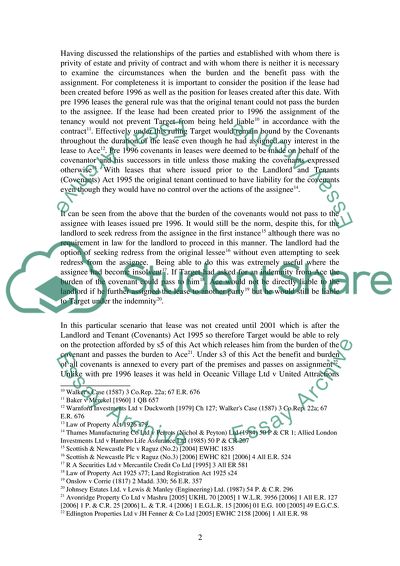Cite this document
(Looking at Covenants Licences and Leases Case Study, n.d.)
Looking at Covenants Licences and Leases Case Study. Retrieved from https://studentshare.org/law/1705861-property-law-looking-at-covenants-licences-and-leases
Looking at Covenants Licences and Leases Case Study. Retrieved from https://studentshare.org/law/1705861-property-law-looking-at-covenants-licences-and-leases
(Looking at Covenants Licences and Leases Case Study)
Looking at Covenants Licences and Leases Case Study. https://studentshare.org/law/1705861-property-law-looking-at-covenants-licences-and-leases.
Looking at Covenants Licences and Leases Case Study. https://studentshare.org/law/1705861-property-law-looking-at-covenants-licences-and-leases.
“Looking at Covenants Licences and Leases Case Study”. https://studentshare.org/law/1705861-property-law-looking-at-covenants-licences-and-leases.


